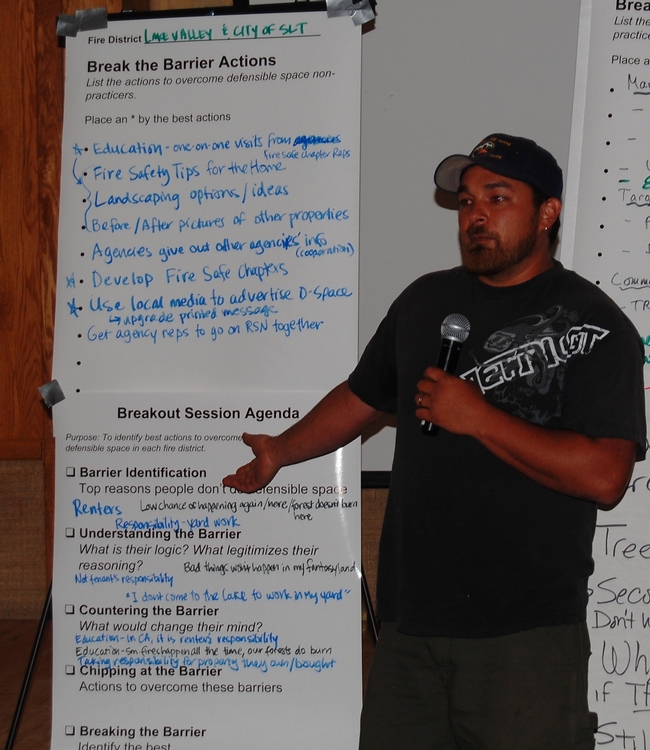Fire Science In the News - Fire prevention realities change following huge wildfires
/(Reposted from the USGS Western Ecology Research Center - Outreach webpage)
Listen to this podcast from KPBS Radio, in San Diego, to learn about the causes of structure losses in Southern California wildfires:
http://www.kpbs.org/news/2011/oct/03/fire-prevention-realities-change-following-huge-wi/
Since the mid-20th century, Southern California has seen one or more massive wildfires each decade, with an average of 500 homes destroyed per year. Despite increased funding for fire suppression and modification activities, fire impacts are becoming worse with each successive decade. In 2001-2010 alone, Southern California saw nearly 10,000 residential structures damaged or destroyed.
The Wildfire Risk Scenario Project is a joint project of the USGS Western Ecological Research Center and the USGS Multi-Hazards Demonstration Program. An international team of landscape ecologists, geographers and economists are examining hundreds of thousands of burned acres through aerial photos and maps for patterns in fire frequency and housing loss, asking the crucial question: “Why do some communities burn, and some don’t?”
To learn more about the about the project and follow their findings see Southern California Wildfire Risk Scenarios (http://www.werc.usgs.gov/project.aspx?projectid=226).























